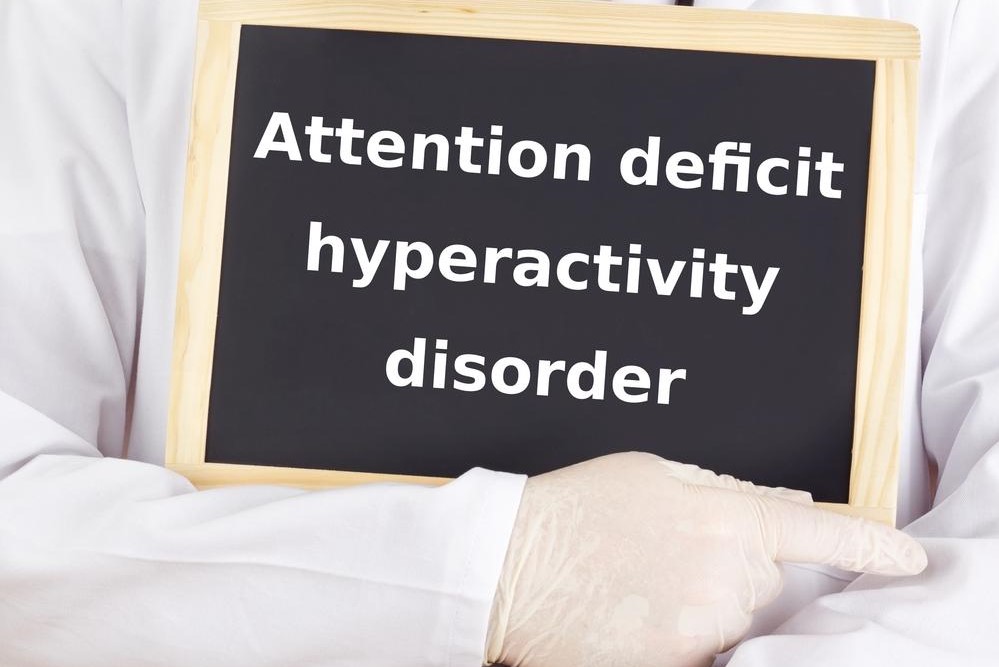Comprehensive Overview of Bacterial Meningitis: Causes, Signs, Diagnosis, and Management
This article provides an in-depth overview of bacterial meningitis, including causes, symptoms, transmission, risk factors, and treatment options. Emphasizing the importance of early diagnosis and vaccination, it highlights how timely medical intervention can significantly improve outcomes for patients, especially high-risk groups like infants. Understanding the disease is crucial for prevention and effective management, reducing mortality and long-term complications associated with bacterial meningitis.

Comprehensive Overview of Bacterial Meningitis: Causes, Signs, Diagnosis, and Management
Bacterial meningitis is an urgent medical emergency that can cause permanent damage such as paralysis, strokes, sepsis, or death if not treated promptly. It involves inflammation of the protective membranes surrounding the brain and spinal cord, known as meninges. While it can result from viruses, fungi, parasites, or non-infectious causes, bacteria are the primary threat.
In 2006, this disease had a mortality rate of 34%, with nearly half of survivors facing long-lasting complications. Early administration of antibiotics upon diagnosis significantly improves survival rates and reduces complications.
The main bacteria causing meningitis include Streptococcus pneumoniae and Group B Streptococcus. Vaccination programs have greatly decreased its occurrence.
Key Information About Bacterial Meningitis
Between 2003 and 2007, around 4,100 cases were reported annually in the United States, leading to about 500 deaths. It ranks as the second most common type of meningitis but is the most severe.
Infants are especially vulnerable, and the disease spreads easily in crowded environments like schools and daycare centers. Common symptoms include headache, neck stiffness, nausea, vomiting, confusion, and light sensitivity.
Immediate medical attention is crucial when symptoms appear. Vaccines are available to prevent infections caused by Hib, Streptococcus pneumoniae, and Neisseria meningitidis.
Causes and Risk Factors
The bacteria responsible include:
Neisseria meningitidis
Haemophilus influenzae type B
Listeria monocytogenes
Streptococcus pneumoniae
Group B Streptococcus
Transmission happens through respiratory droplets, saliva, or contact with contaminated food. Pregnant women carrying Group B Streptococcus can pass bacteria to newborns during childbirth. Carriers may be asymptomatic but still spread the infection.
Getting vaccinated according to recommended schedules helps prevent bacterial meningitis. In areas lacking Hib vaccination, H. influenzae remains a leading cause among children under age five.
Risk Factors
While anyone can develop bacterial meningitis, infants are at greatest risk. Other factors include:
Structural abnormalities or head injuries
Head or neck infections
Close contact in community settings
Traveling or living in regions like sub-Saharan Africa
Weakened immune system
Certain occupations with exposure risk
Recurrent cases are uncommon but may result from anatomical issues or immune suppression.
Symptoms
Symptoms can appear rapidly or over several days, usually within 3–7 days after infection. Notable signs include:
Fever
Neck stiffness and headache
Nausea and vomiting
Light sensitivity
Cold extremities
Skin rashes
Confusion or altered mental state
In severe cases, seizures or coma may occur. Infants might show rapid breathing, irritability, refusal to feed, high-pitched crying, and a bulging fontanel.
Meningitis Rash Test
If a rash appears, press a glass firmly on it. If the rash fades, it's unlikely related to meningitis; if it persists, urgent medical care is necessary.
Treatment Strategies
Hospitalization, often in intensive care, is essential. Antibiotics are administered promptly, sometimes even before lab results confirm the diagnosis. Additional treatments can include corticosteroids, anticonvulsants, pain relief, oxygen therapy, sedatives, and IV fluids to aid recovery.


